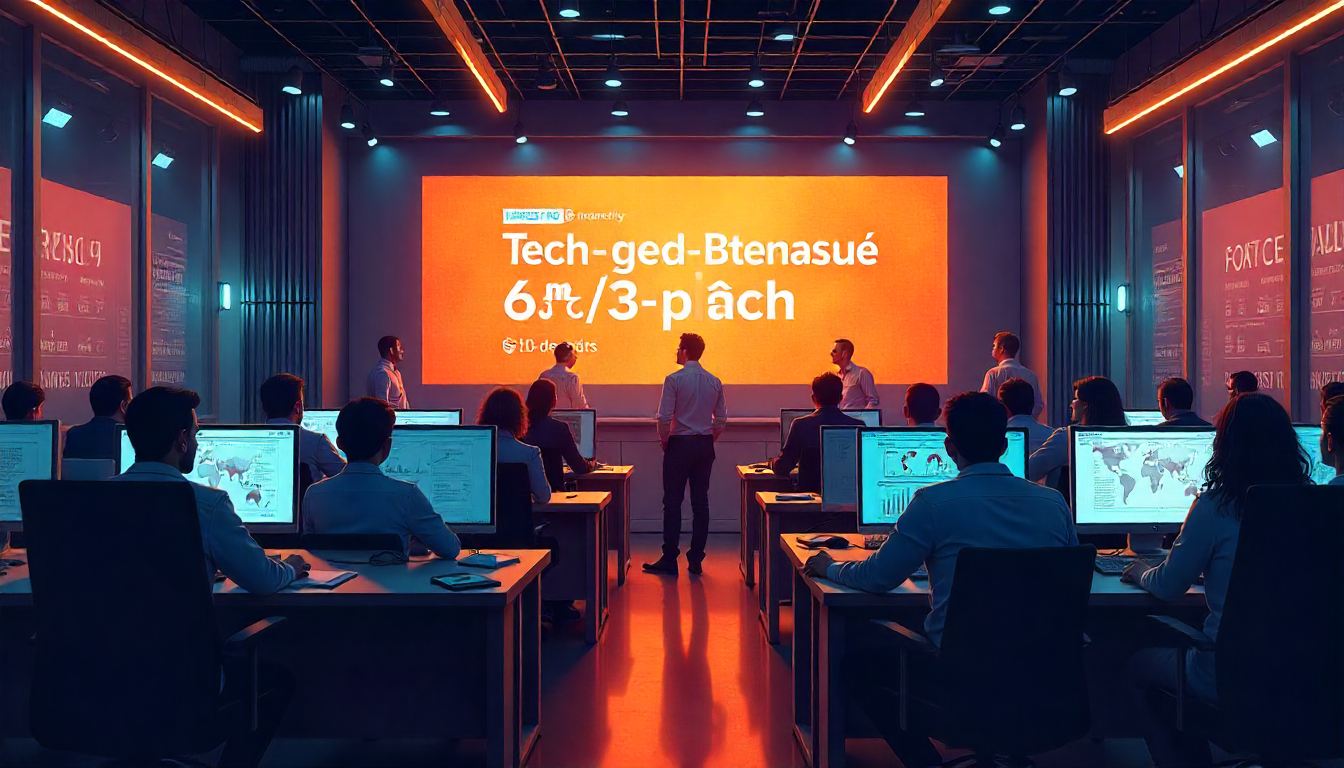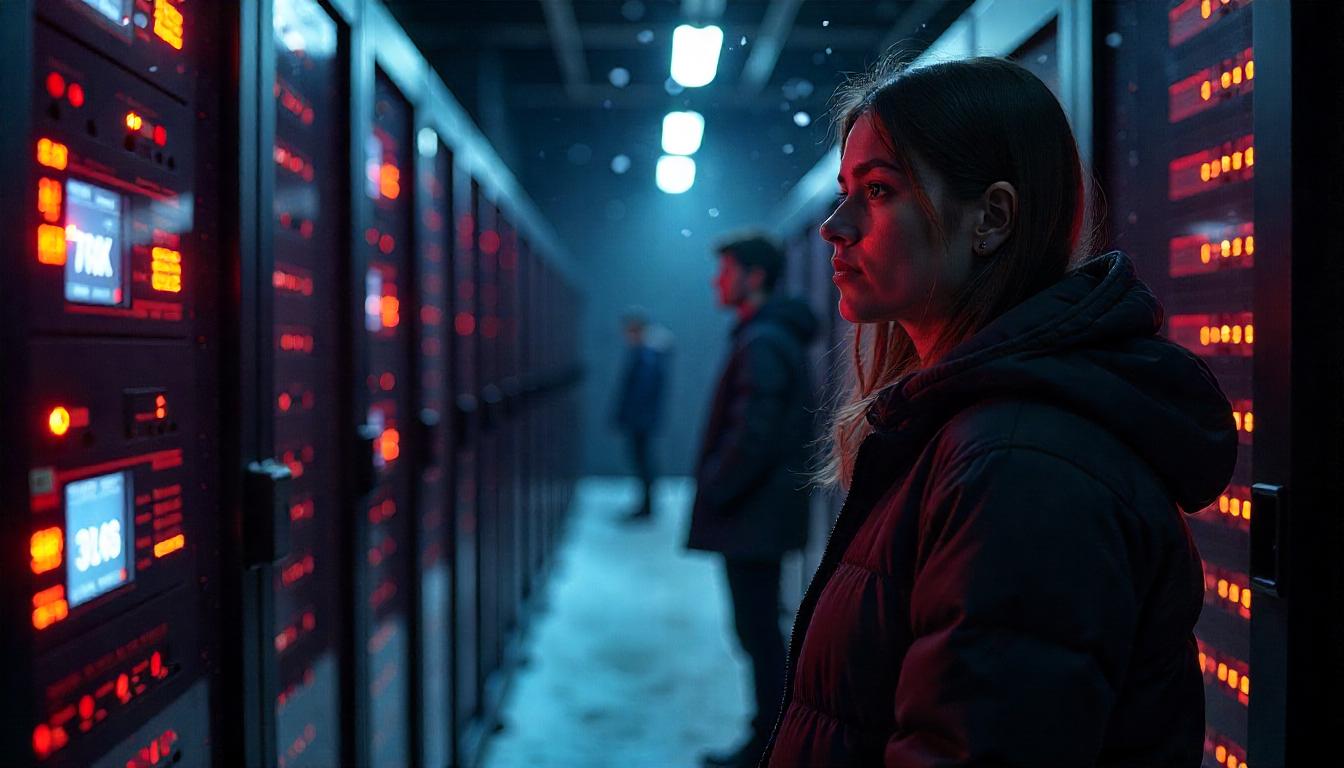Tech Titans Pour $650B Into Innovation, Defying Trump’s Manufacturing Drive
As the Trump administration ramps up efforts to revive U.S. manufacturing through aggressive trade policy, America’s largest tech companies are charting a different course—one driven by software, data, and AI.
The so-called Magnificent 7 — Apple, Amazon, Alphabet, Microsoft, Meta Platforms, Nvidia, and Tesla — are expected to invest a massive $650 billion this year in capital expenditures (capex) and research and development (R&D), according to Lloyds Bank. That figure surpasses the U.K. government’s annual public investment, underscoring the scale of corporate America’s commitment to digital infrastructure.
From Factory Floors to Server Farms
President Trump’s new tariffs are designed to stimulate domestic production and bring supply chains back home. But data shows a widening gap between political goals and corporate behavior. Rather than funneling capital into physical manufacturing, U.S. firms are intensifying their investment in high-growth, tech-forward areas.
Much of this investment is being driven by AI-related spending, where fear of missing out is motivating companies to pivot away from traditional capex and toward scalable digital innovation.
“Firms are redirecting investment toward AI not just because of hype, but because they fear being left behind,” said Nicholas Kennedy, FX strategist at Lloyds. “This isn’t just crowding out—it’s a full reallocation of priorities.”
A Digital Arms Race
Investment in IT equipment and software now accounts for over 6% of U.S. GDP and has grown to $1.45 trillion, marking a 13.6% increase year-over-year. IT now makes up more than 40% of all private fixed investment, per the report.
In contrast, investment in traditional sectors continues to contract. The Q2 GDP report from the Bureau of Economic Analysis showed a 4.9% decline in non-tech-related capital investment, extending a three-quarter downturn.
Even the surge in physical construction following Biden’s CHIPS Act appears to be losing steam, reinforcing the shift away from tangible infrastructure and toward code, data centers, and AI models.
Crypto, AI, and the Shift Toward “Bits”
The move toward digital investments is also reinforcing the rally in crypto markets and AI-linked equities. Since late 2022 — around the launch of ChatGPT — assets like Nvidia and Bitcoin have surged, a trend fueled by institutional adoption and speculative enthusiasm alike.
While Trump’s trade strategy may aim to revitalize domestic factories, his administration has also proven to be crypto-friendly. Recent legislative developments have introduced regulatory clarity for stablecoins and digital assets, with bipartisan support and strategic appointments signaling a favorable environment for crypto innovation.
“Whether this AI-led investment cycle will pay off remains uncertain,” Kennedy wrote. “But the shift is undeniable — capital is flowing into bits, not bricks.”





